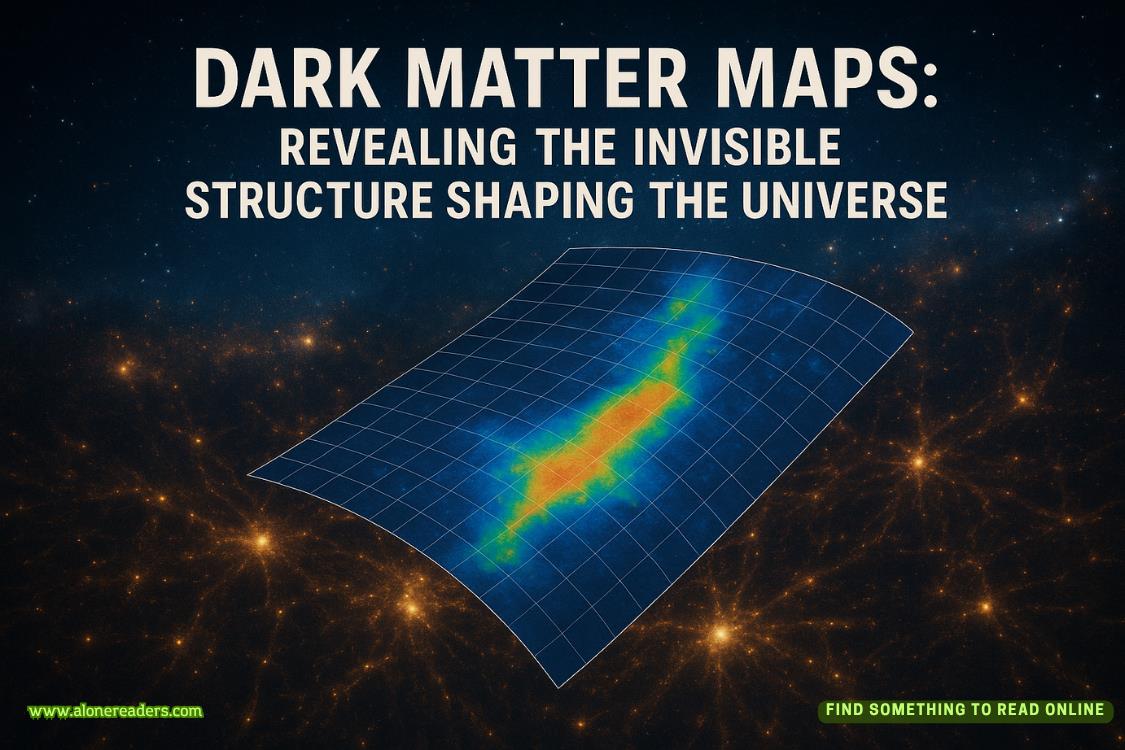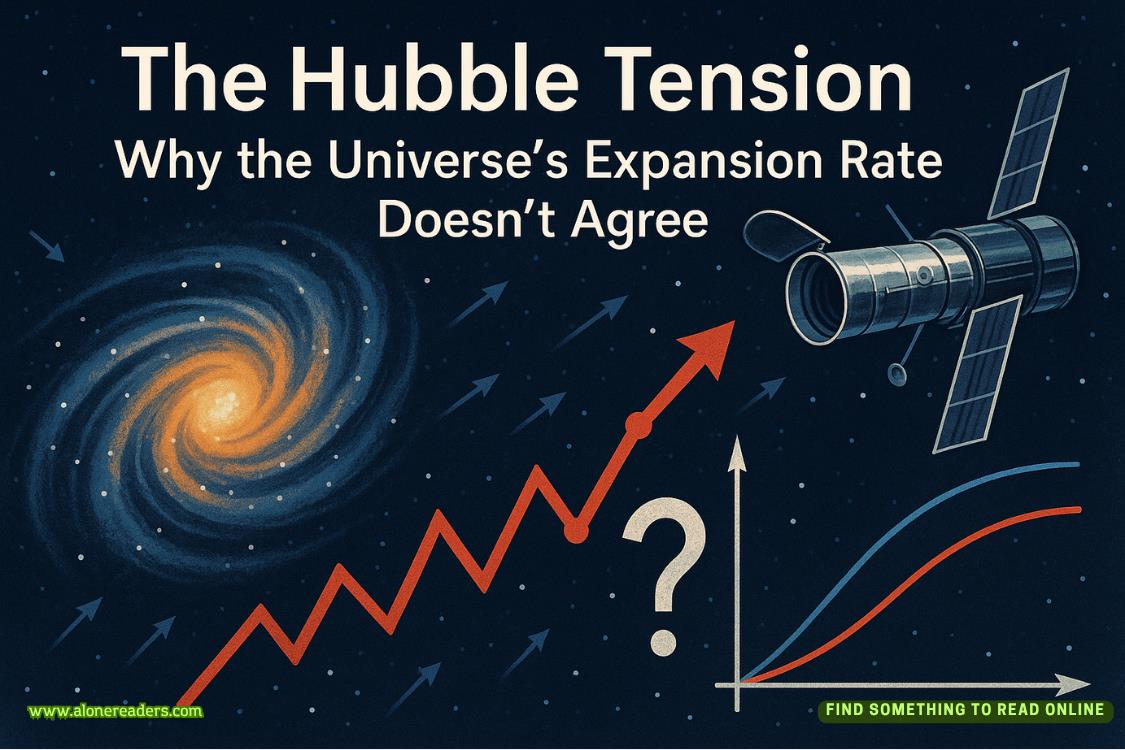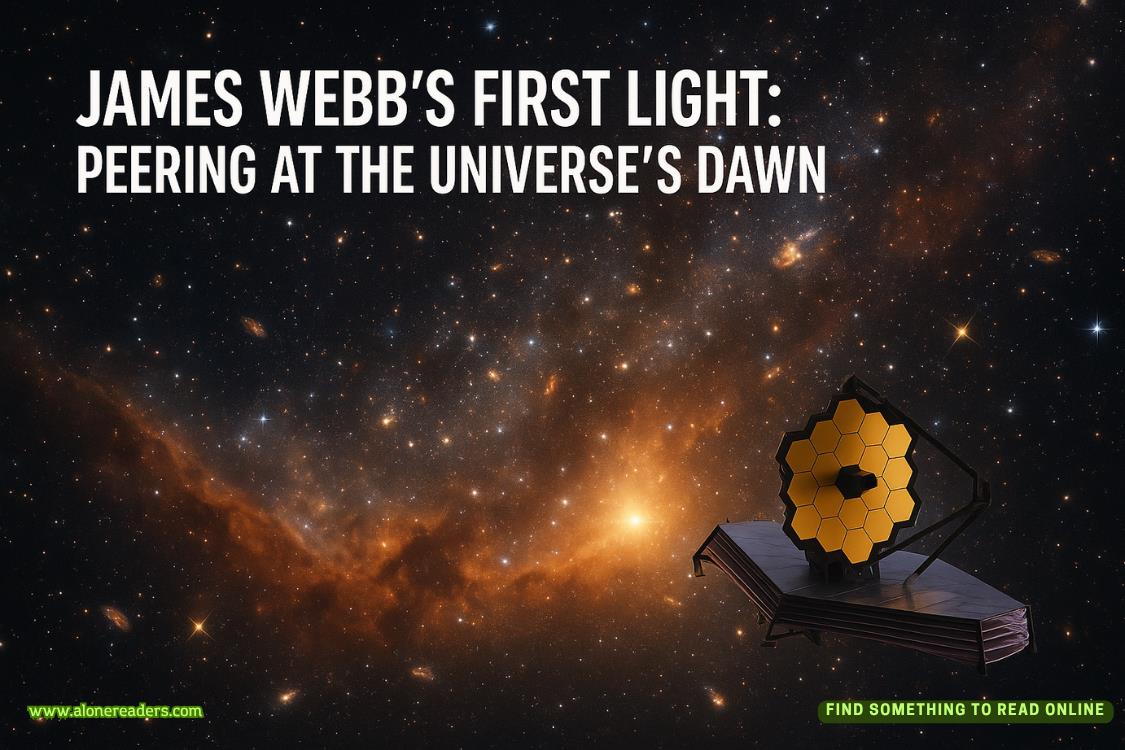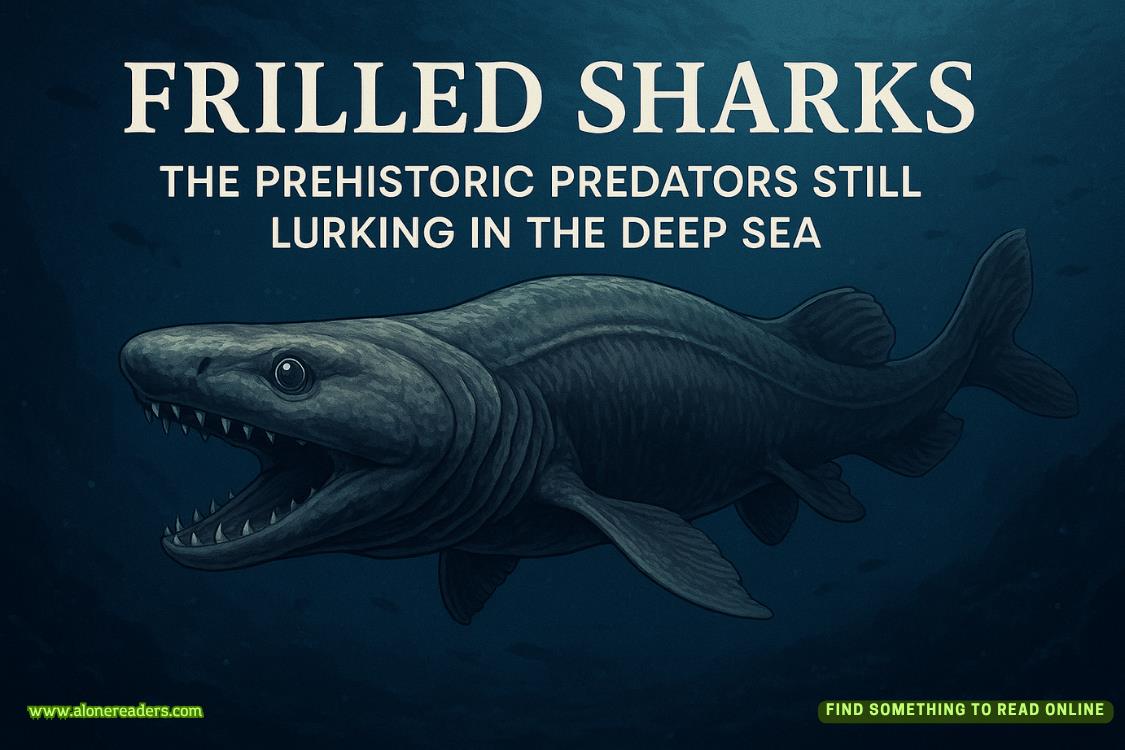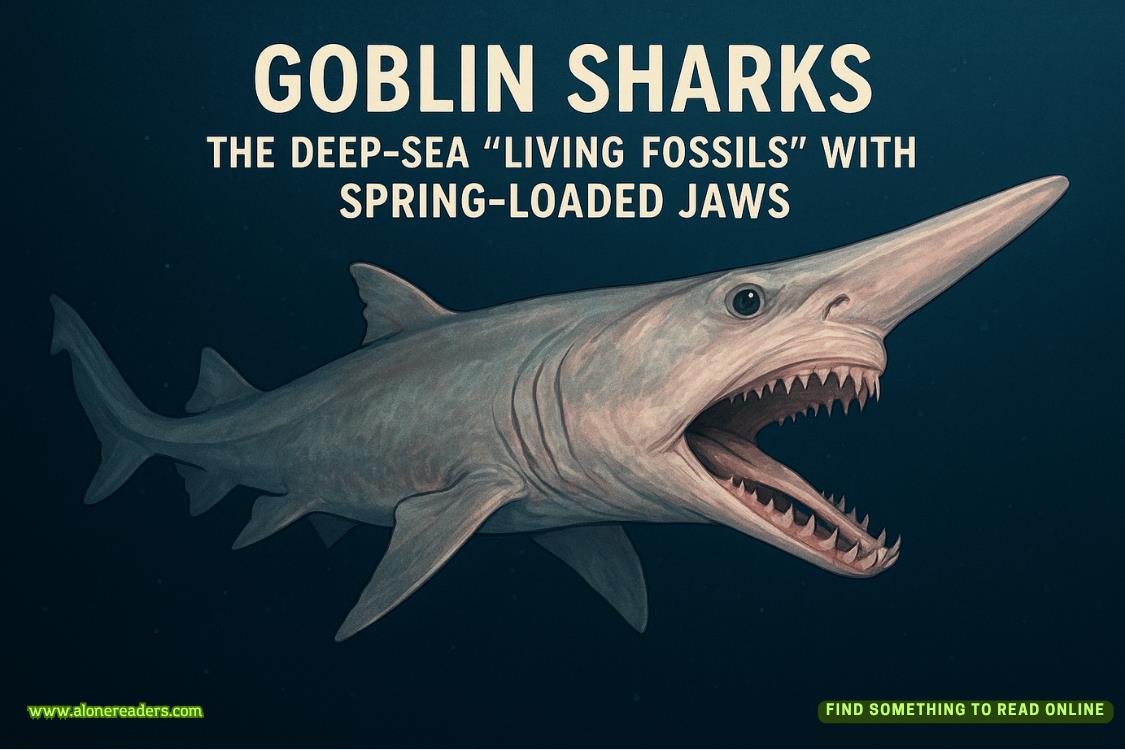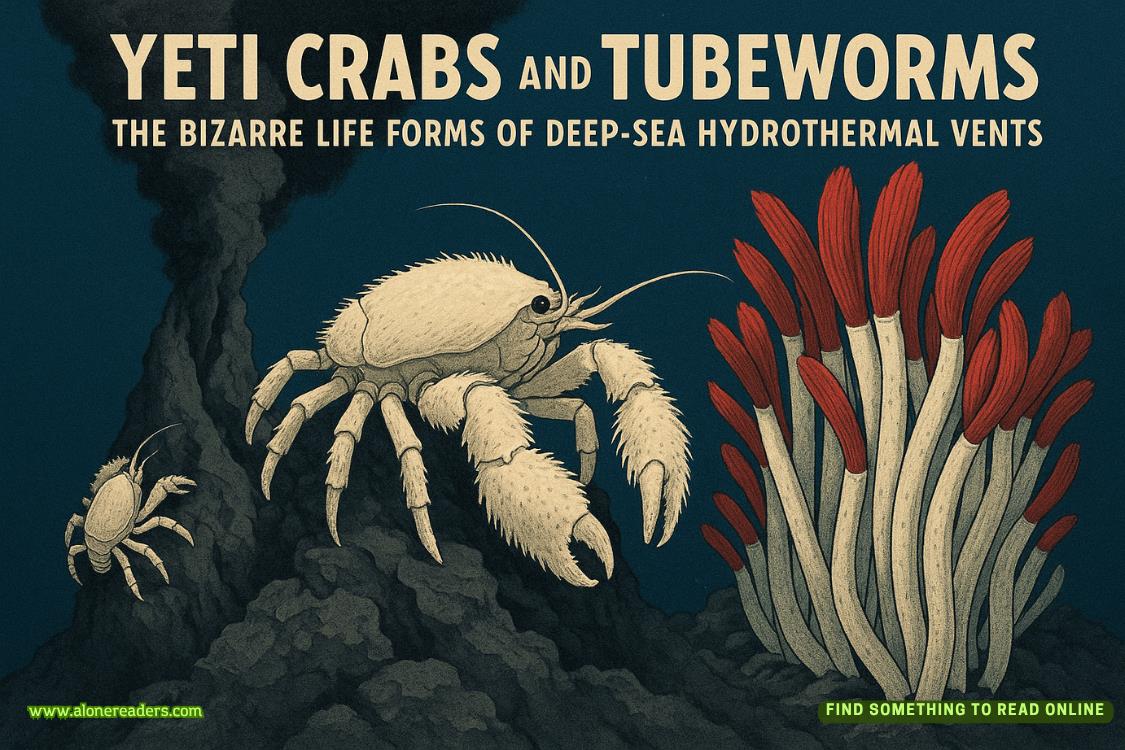Page 19 of Eruption
Too late to lie to him, too close to the top.“Fuel,” John MacGregor said.
His radio crackled, and he heard Jenny say, “Mac, the lab says the concentration from the fuel vapor is going up.”
Mac looked back and saw the Plexiglas bubble of the helicopter had begun to burn; flames licked upward along the fuselage.
His headset crackled again. “Mac, you’re out of time—”
But in the very next moment Tim was grabbing Glenn in his big arms and pulling him over the side. He quickly did the same for Mac, who glanced back and saw the helicopter enveloped in flames. Glenn tried to move back to the crater, but Tim shoved him hard toward their copter.
“We’re safe now,” the cameraman said. “What’s the freaking rush?”
The helicopter exploded.
There was a roar, and the force of the explosion nearly knocked them all to the ground. A yellow-orange fireball burst up beyond the crater rim. A moment later, hot, sharp metal fragments clattered onto the slope all around them as they hurried to the red HVO helicopter.
“That’s what the freaking rush was, asshole,” Mac said to Glenn the cameraman.
CHAPTER 14
Hawaiian Volcano Observatory, Hawai‘i
The doors of the ambulance slammed shut. MacGregor watched as it pulled out of the parking lot and headed around the caldera, lights flashing in the growing darkness. He turned to Jenny. “We going to get press on this?”
She shook her head. “I doubt it. I don’t think Jake or that cameraman is particularly eager to publicize this.” She reached up and touched his cheek, unable to stop herself. “I thought I was going to lose you,” she said.
“You know better than that.”
“Not today I didn’t,” she said.
For a moment, Mac thought she might cry. He felt a sudden urge to pull her into an embrace but fought it, not knowing who was watching them.
They walked back toward the main laboratory building. Thenight was clear, and Mauna Loa loomed high above them, the line of its dark slope just visible against the deep blue sky.
Jenny said, “Rick and Kenny want to talk to you about something.”
MacGregor looked at his watch. “Can’t it wait until tomorrow?”
“They say it can’t.”
When Mac and Jenny walked into the data room, Rick Ozaki wasn’t afraid to hug him. Mac was grinning when he stepped back.
“Any longer and we’d be picking out furniture,” he said.
Rick grinned back. “Kiss my ass.”
“And here I thought we were having a moment.”
“Listen,” Rick said. “I’ll make this short.”
MacGregor sat beside him and stared at the screen. The monitor showed a computer-generated cutaway view of Kilauea and Mauna Loa that rotated slowly in three dimensions. Beneath the volcanoes, the magma pipes and reservoirs were outlined in pale gray, the image courtesy of hundreds of optimally positioned sensors. “So,” Rick began, “from seismic and ground-deformation data, we get our model of the internal structure of Mauna Loa, down to about forty kilometers underground. As you know, we’ve been refining this model for ten years.”
Rick zoomed in, enlarging the image. Beneath Mauna Loa the gray magma structures reminded MacGregor of a tree: a central lumpy trunk rising upward, splitting into thick branches, and then, near the top, fanning out into a series of horizontal magma reservoirs like leaves.
“These are the locations of the magma transport system inside the volcano,” Rick said. “We had this ten years ago. What’s different is now we know that it’s accurate. Here is thefull data series for six months, and you can see how tremor epicenters align with the magma pipes.” Black squares representing earthquake centers dotted the vertical magma columns. “Okay?”
“Okay,” MacGregor said. “But I think—”
“Let me finish telling you whatIthink,” Rick said. “Here’s the inflation data from the GPS net.”
